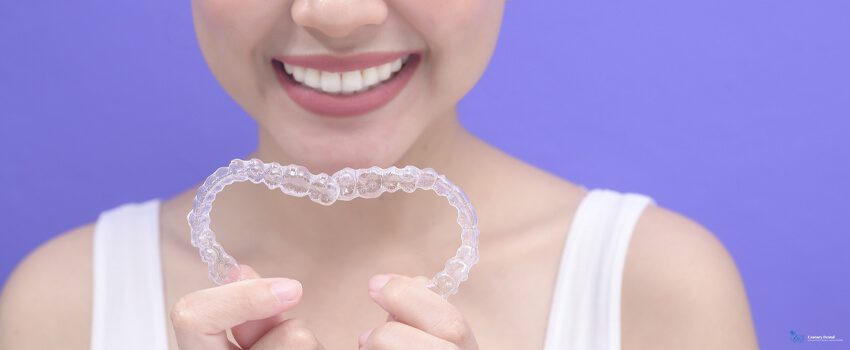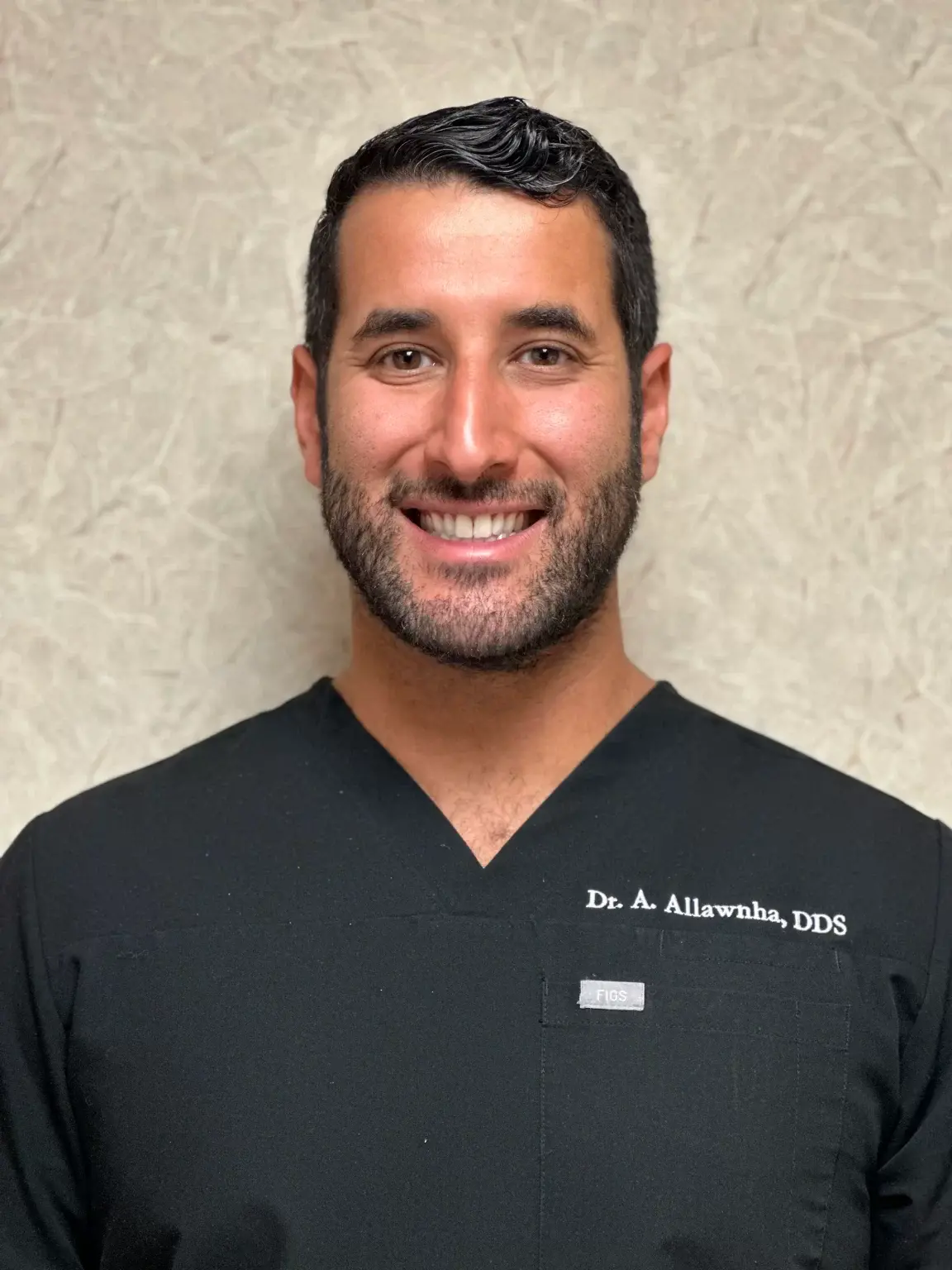Most people want to achieve a nice and straight smile.
The most common way people achieve this goal is through braces and aligners. Retainers are also another thing most patients hear when they want to straighten their smiles. Some often get confused and think it’s a retainer vs. Invisalign type of choice.
An Invisalign and retainer are vastly different despite looking so similar to each other. However, both are necessary for you to achieve straight teeth.
Learn about the difference between Invisalign and retainers with Century Dental.
What Is a Retainer?
Orthodontists use retainers to keep teeth in place after being straightened by braces. It may take your teeth four and six months before they permanently stay in their new positions. Your teeth may also try to return to their previous positions.
Here’s an important difference between Invisalign and retainers: Invisalign aligners straighten teeth, while retainers keep teeth straight after orthodontic treatment.
There are two types of retainers: permanent and removable. Your orthodontist may provide you with one type or use a permanent retainer for the bottom teeth and a removable one for the top teeth.
What Is Invisalign?
Invisalign are braces that use clear tray aligners made from Invisalign’s blend of plastic manufactured based on molds of your teeth. Invisalign aligners are not retainers; instead, they act as braces that move your teeth and shape your jaw.
Another difference between Invisalign and retainers is how they are made. Invisalign treatment begins with making digital scans of your teeth from a mold of your teeth or direct scans using the most recent imaging technology.
A computer program will use these scans to help your orthodontist plan your treatment and create clear aligners. It also creates a 3D plan of your teeth, allowing you to see the expected outcomes of your treatment and discuss other options with your orthodontist.
Your orthodontist may need to file your teeth on some sides to create small gaps between your teeth, which will allow them to move and correct other cosmetic imperfections.
Each invisible aligner is customized to fit your teeth, shaped to apply pressure at the right points to shift your teeth into alignment gradually. Your orthodontist may recommend you change to a different clear aligner every one to two weeks, depending on your case.
As a continuation of Invisalign treatment, Invisalign retainers are available under the brand Vivera. These Invisalign retainers are also made to fit your teeth that are easy to use and care for, just like Invisalign aligners.
Now, let’s get into the whole retainers vs. Invisalign conundrum.
Retainers vs. Invisalign: Material and Design
Retainers
Retainers are often made of plastic and wire.
A Hawley retainer is a type of removable retainer. It’s composed of thin metal wire and acrylic, made to fit the roof of your mouth or the inside of your lower teeth. The metal wire runs along the outside of your teeth to keep your teeth aligned.
Permanent retainers are also made of braided or solid wire shaped to fit your newly straightened teeth. They are cemented to the inside of the bottom front teeth to prevent your teeth from shifting.
Clear retainers are removable retainers, also known as molded, thermoplastic, or vacuum-formed retainers. To make this type of retainer, orthodontists create a mold of your teeth and cover it with a thin layer of polyurethane that is sucked and heated around the mold to help it fit your mouth perfectly.
Invisalign
What is Invisalign made of? It’s made of SmartTrack, a flexible, medical-grade thermoplastic material that makes them more flexible and thinner. It also makes them more comfortable and easier to remove.
SmartTrack is specially made for Invisalign, allowing it to fit comfortably and securely around your teeth. It also gives Invisalign clear aligners better control of tooth movements, straightening them in a more predictable manner.
Retainers vs. Invisalign : Cost
Retainers
Dental retainers can cost between $100 to $500. These costs can also vary depending on your orthodontist, your location, and the type of retainer your orthodontist will recommend.
You will also need follow-up checkups and treatments after your retainers are fitted; ask your orthodontist if the costs for these follow-ups are included with the retainer price.
You should also consider the cost of replacement retainers. A replacement retainer may cost the same as your original retainers. You might need to save some money if you don’t need new impressions for replacement retainers. You might also have damaged retainers fixed instead of replacing them; ask your orthodontist’s advice on repairing them.
Consider cost when choosing between an Invisalign retainer vs. metal retainer. Invisalign retainers may cost between $400 to $1000 for four sets. These prices may also change depending on insurance coverage and other costs.
Invisalign
The cost of Invisalign aligners will depend on factors like the average price in your area, your orthodontist’s labor, how much your insurance policy will cover, and how much work your teeth will need.
According to the Invisalign website, their aligners can cost anywhere from $3000 to $7000. They also mention that some people may be eligible for up to $3000 from their insurance company. On the other hand, metal braces typically cost between $2000 to $6000.
Like other orthodontic treatments, these prices will depend on each case. The more severe your condition, the longer it will take to fully straighten your teeth and the higher the cost.
Retainers vs. Invisalign : Length of Use
Retainers
People often notice their teeth are moving after their braces are removed. If you are currently experiencing this, you should know you might have to wear a retainer for the rest of your life.
Patients will need to use removable retainers every day for six months. After that, they can use the retainers at night. Your orthodontist will also instruct you on how long you should wear them based on your treatment.
Permanent retainers will stay attached to your teeth at all times. You won’t have to worry about misplacing them or forgetting to put them on at night.
If you’re choosing between an Invisalign retainer vs. metal retainer, you don’t need to worry too much since you’ll wear them in the same amount of time you’ll need to wear normal retainers. However, they may be more comfortable since they’re custom-made for your teeth.
Invisalign
Invisalign treatment can take from nine months to a year. It uses several aligner trays, which are changed every one or two weeks. Every replacement tray will feel different because it is designed to keep your teeth moving and shifting.
You’ll need to wear your Invisalign aligners for at least 20-22 hours a day if you want the best results. You can easily remove them when you’re eating or flossing.
Achieve Better Aesthetics With Century Dental
Our dentist in Madeira Beach, FL, is well-versed with Invisalign aligners, braces, and other forms of cosmetic dentistry. If you plan to have them, we also offer free consultations to help you see if Invisalign is right for you. Contact us today, and start your journey to straighter teeth.





